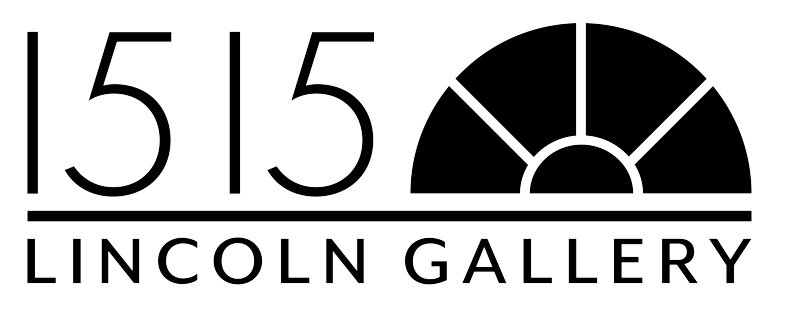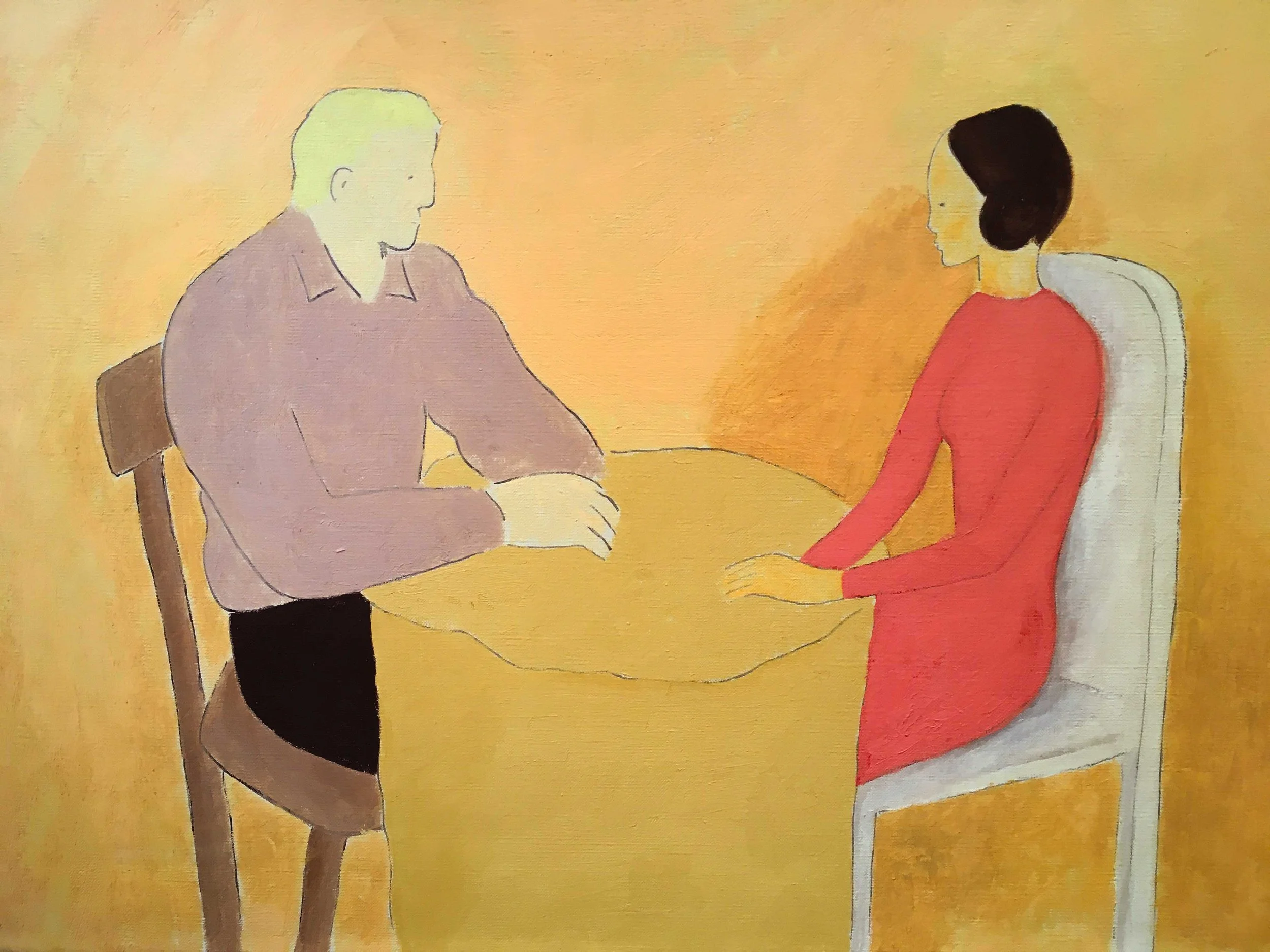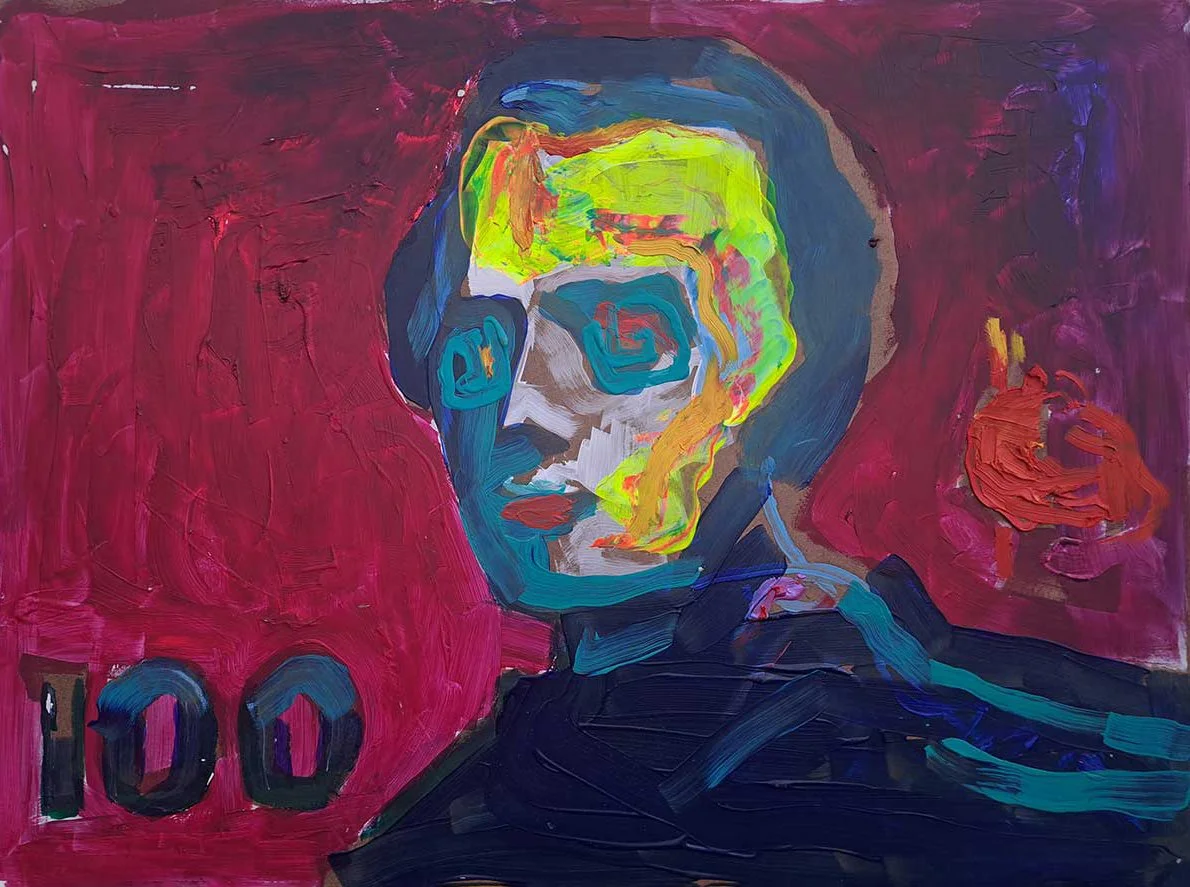curator profile: elizabeth wylie
Elizabeth Wylie
In this interview, curator Elizabeth Wylie discusses People, People, People, her latest exhibition at 1515 Lincoln Gallery. With a background in museums and a deep respect for artists as storytellers, she brings a thoughtful, art-historical lens to this engaging show. Wylie reflects on the value of looking closely, the joys of collecting, and the curatorial process behind the scenes.
Welcome back! Many of our readers will remember your work from your last show here, Found Treasures. For those who may be new, could you share a bit about your background and what led you into the arts?
I sought an art-adjacent career because I believe artists (of all kinds—visual artists, musicians, designers and architects, spoken and written word artists, et al.) are the true seers of their time. My decades-long career in art museums is undergirded by degrees in art history (BA, Boston University; MA, New York University Institute of Fine Arts), and I have had the pleasure of writing about and curating exhibitions of art of the past and of the present.
Your background as a writer and art historian brings a rich perspective to your curatorial work. How do those disciplines influence the way you approach an exhibition?
Artists are storytellers of sorts, and for me, an exhibition or installation of art also tells a story. As a writer and art historian, part of the task is establishing a context and letting the story emerge for the viewer. Hopefully, along the way, the viewer is moved to reflect on the human condition or simply gets some pleasure from looking at the materiality and formal aspects of the work, e.g., how color, form, light, and shadow are expressed.
Can you share some insights about the current exhibition at the gallery?
Well, the title "People, People, People" popped into my head as a catchall for a show that involved figuration of some sort. I like the title because it can be read a number of ways: exasperation with the dark side of human nature or as a celebration of the complexities of the human spirit. Hopefully, folks who see the show walk away with something they didn't have before—an idea, an insight, or a new work to live with.
What drew you to this particular group of works or artists for the exhibition?
Some of the work in the show is by the gallery's consigned artists, some is found art the gallery has in inventory, and a few are by other artists I have pulled into the 1515 orbit. Selecting the work for the show and corralling such a diverse range within the curatorial theme, has been fun. It reminds me a bit of Andy Warhol's "Raid the Icebox" series in the late 1960s. In exhibitions at Houston MFA, RISD Museum, et al., he literally 'raided' storage and created an installation of wildly disparate objects to provoke inquiry.
Detail of Dinner Conversation by Robert Bonaparte
What do you find most rewarding about curating exhibitions?
My goal, always, is to get people to LOOK. To bushwhack through all of the competing interests that are vying for people's time, get them to spend time with an artwork, and be open to the story that it tells, takes some effort. Creating the setting and encouraging the good old compare-and-contrast game among pieces is sometimes enough to successfully engage people.
Do you collect anything personally — outside of your professional work with art?
Oh my gosh! Yes! I have work by contemporary artists that has been given to me, and some I have purchased; I also have work by non-living artists I have purchased or inherited. The most robust collection area is design-oriented: e.g., Russel Wright, Frankhoma, Bauer, Hager, Floraline, et al., but alas, I am in a de-acquisition mode and looking to move along these space-users!
How do you stay inspired and continue learning in your profession?
I am a museum-a-holic. I go to museums wherever I am, which of course entails a lot of LOOKING. I try to get to NYC a couple of times a year and plot regional destinations for exhibitions I would like to see. I check out the local scene, of course, and have always had artists as friends—a constant source of inspiration.
What was the first piece of art that truly moved you?
I get asked the question a lot, and I suppose I have answered it differently each time. I am thinking about seeing the Sistine Ceiling when I was 17 years old. I remember reading then about the artist's grueling work on the scaffold and was stunned by his masterful compositions within the framework of the architecture. I was overwhelmed by the immensity of the setting and felt inspired by the creative forces seemingly still alive in the room.
Have you read or watched anything recently — a book, film, or series — that left a lasting impression or sparked your curiosity?
I just recently finished a series, "Dark Winds" (Netflix), and was very struck by the quality of the storytelling (all Native American writer's room), the ensemble cast (superb!), and the production values (co-produced by Robert Redford and George R.R. Martin) after books by Tony Hillerman. I very much liked the attention paid to a cultural milieu not often represented, in this case, the Diné.
Poetry (Poet) by Daniel Green



